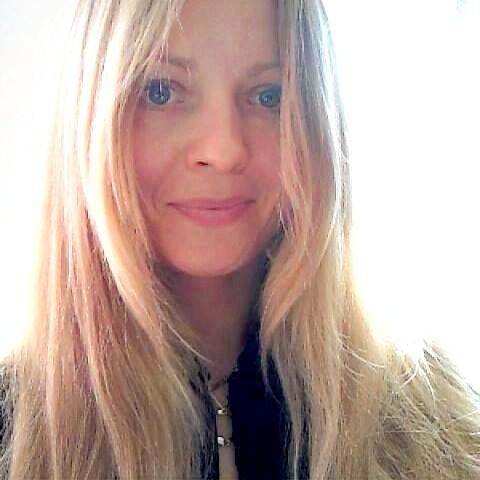-
Definitions for Good Discussions
My notes in preparation for a discussion that I was hosting for a friend, which I...
-
I work in what I call objective abstraction and follow two of my "unique reality"...
-
A few words about my art style, and a long list of artists who influenced me, and...
Author
 Lena Nechet, artist - Fine art, media productions, language.
Lena Nechet, artist - Fine art, media productions, language. San Diego, California , USA, LenaNechet.com
Art@LenaNechet.com 323-686-1771
I accept payment via PayPal and Zelle under my business email Art@LenaNechet.com
Ask: Send me a quick question from your default email app with this page info.